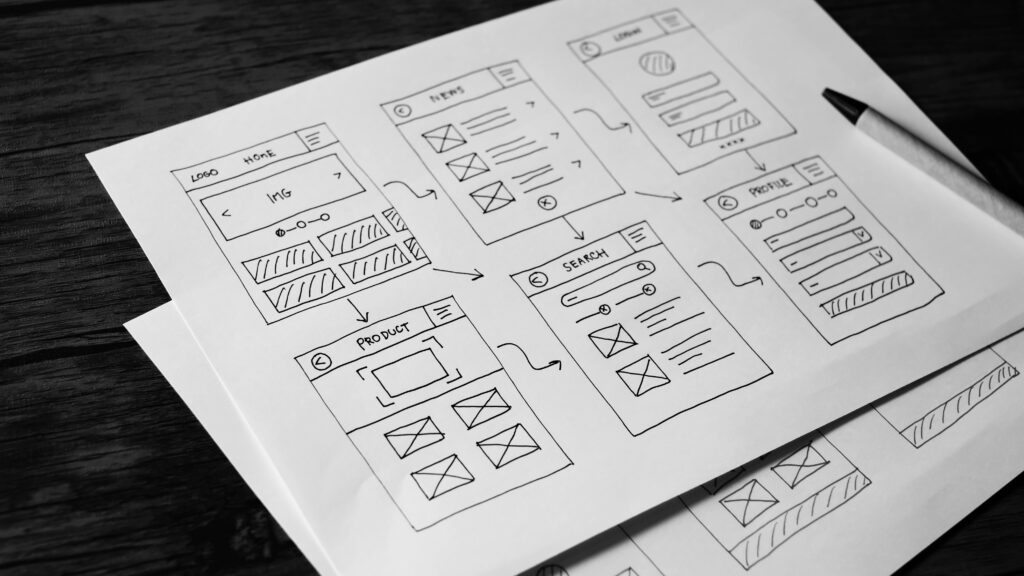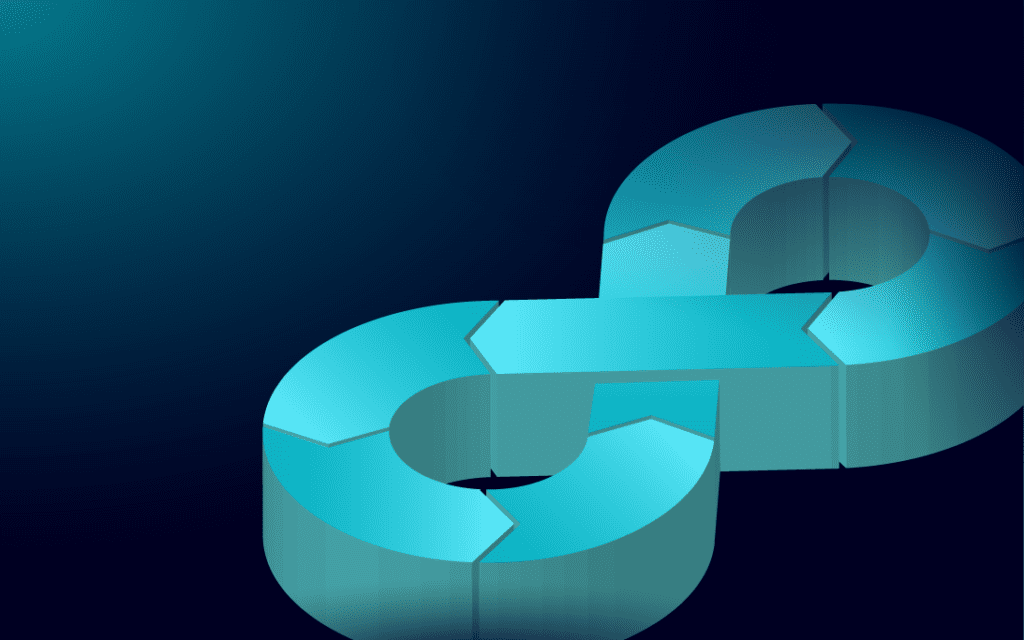There is no more measurable part of an organization than the sales team. They have targets and quotas, and they either hit them, or they don’t. Close doesn’t count, their compensation model rewards results, and it’s easy to know who isn’t pulling their weight.
Beyond sales, there are many other metrics for evaluating marketing programs’ performance, customer support interactions, and operational endeavors. Leads can be counted; customer satisfaction and response rates can be measures, logistics are trackable.
But research and development can be challenging to quantify. There’s no direct, straight line between a research exercise and the balance sheet. Customer surveys don’t measure the efficiency of an implementation team. A new feature’s impact on revenue isn’t always evident.
Yet research and development are essential to the long-term success of companies and their offerings.
How Do You Know Your Research and Development Spend Is Appropriate?
Most big companies also spend a lot on research and development. Samsung and Google-parent Alphabet both invest nearly $15 billion each year, with Microsoft ($13.5 billion), Intel ($12 billion), and Apple ($10.6 billion) not much further behind.
These firms make other tech titans such as Facebook ($7 billion), Oracle ($5.6 billion), and IBM ($4.7 billion) seem like slackers. But unless your firm is raking in billions as well, those are probably unlikely sums for your company to spend on anything.
Looking at research and development investments as a percentage of revenue, 13.6% is the average rate for the software and Internet industry. But doing the same things as a competitor or the industry as a whole may not translate particularly well to a given company. For example, many startups don’t have much revenue in their early days, yet most of their spending may be on research and development.
Measuring R&D efficiency
One way to measure R&D spending efficiency is by looking at Total Factor Productivity (TFP). This method subtracts “input”—i.e., research and development—from “output”—otherwise known as sales. If there’s any excess, that’s the ROI for R&D.
But TFP isn’t a remarkably precise way of evaluating things, so Washington University of St. Louis professor Anne Marie Knott devised the Research Quotient. This far more comprehensive analysis of the total R&D costs identifies how much more money companies would make if they spent 1% more on R&D. A study of publicly traded companies showed 63% of companies were spending too much, while 33% weren’t spending enough.
This all means that the actual dollar figure spent on R&D doesn’t matter nearly as much as how efficiently those dollars are put to work, and if they eventually yield increased revenue and profits. The impact of throwing money at R&D—or starving it—is directly influenced by what they’re working on and how efficiently they proceed.
How patient is your organization?
By its very definition, R&D activities aren’t going to pay off immediately. They’re an investment in future growth and opportunity. But the length of your company’s runway may dictate how long it’s willing to wait for a return.
Hardware companies are used to things taking three-to-five years to pan out potentially. Auto manufacturers, aerospace, healthcare, and pharmaceutical companies have an even longer lead time, extended by rigorous testing and regulatory body approvals.
But for software and tech firms, the runway is seldom that long, and executives, board members, and investors will be expecting results much sooner. During research and development activities can sometimes churn out quick wins that net real results in weeks or months, some other projects may be years in the making. That might be too far out for the folks calling the shots and paying the bills.
What your product roadmap can tell you about your R&D efficiency
Research and development activities tend to have one of two general goals: Can we do something we already do better/cheaper/faster, or can we do something else we’re not already doing. Both are worthy endeavors and deserving of research and development dollars. If either (or both) yield results, it will be evident in the product roadmap.
Companies and their products need scalability to drive growth. If it costs just as much to bring on and support Customer #100 as it does Customer #2, then the business model is likely unsustainable. Investing in technology and process improvements that shrink the customer’s cost is key to profitability and customer acquisition and growth.
If these types of enhancements, themes, and initiatives appear on the roadmap, research and development activities lead to more scalable operation opportunities. If they’re missing, then it’s likely there is still room for incremental improvement in this area. Research and development activities might focus too much on chasing after the next big thing while ignoring the current offering.
Product Roadmaps
When the roadmap shows lots of new capabilities and product extensions on the horizon, it’s indicative that research and development activities are more focused on building out new features to add customer value, attract new customers, or become more marketable different verticals. Investing in these areas shows a commitment to growing the addressable market or tackling significant shortcomings that may be hampering growth.
Ideally, product roadmaps should have a mix of both. You want research and development to be innovating while also improving what already exists. That balance is key to having a supportable, scalable solution while also branching out into new things. Skewing too far in either direction could impact growth for different reasons.
However, suppose the product roadmap lacks either of these items and is instead cluttered with fixes, custom work for specific customers, or activities not linked to strategic goals. In that case, there’s either not enough research and development happening at all, or it’s not generating enough meaningful output. It can be tell-tale sign research and development isn’t prioritizing the right things, or only isn’t getting enough done due to a lack of productivity or inadequate staffing.

Using Expected Output to Evaluate Resource Allocation
With the product roadmap as a guide, organizations can determine if they’re spending money on research and development activities aligned with their strategic goals and OKRs. If the areas prioritized by stakeholders aren’t showing up as significant themes or initiatives in the product roadmap, it’s likely staff isn’t being attached to the right projects.
The product roadmap isn’t the only tool for this, as executives could also look at how headcount and budgets are divvied up. But it provides a reality-based lens to see what organizations are getting out of their research and development activities.
While not all research and development activities will progress simultaneously, there should be meaningful progress within relatively similar timeframes. Committing dollars and bodies to projects is one thing, but if they’re not showing up soon enough on the roadmap, there’s a disconnect between expectations and execution.
Justifying the investment
Of course, product roadmaps are good for more than just serving as an early-warning system that research and development investments aren’t playing out as expected. They can also vindicate those activities and calm the nerves of anxious executives.
Many CEOs don’t want to spend a lot on research and development because they worry about hitting this quarter’s numbers and keeping up with competitors. It’s easy to pull funding from activities with a delayed return to short-term goose results.
But when the product roadmap illustrates that those projects will reach the market in the medium term, it can increase confidence at the executive level that the expense and delayed gratification is worth it. The product roadmap can also illustrate the links between those initiatives and the agreed-upon strategic goals and objectives, clearly depicting where planning and execution meet.
Takeaways: Placing the Right Bets
Every research and development project is a gamble. But the best players know when they have a good hand or if they should fold. Being overconfident or skeptical can skew those opinions, but a product roadmap can help show everyone how it might all turn out.
To learn more about how a visual product roadmapping tool can connect the dots between R&D and revenue, start your free trial of ProductPlan today.




